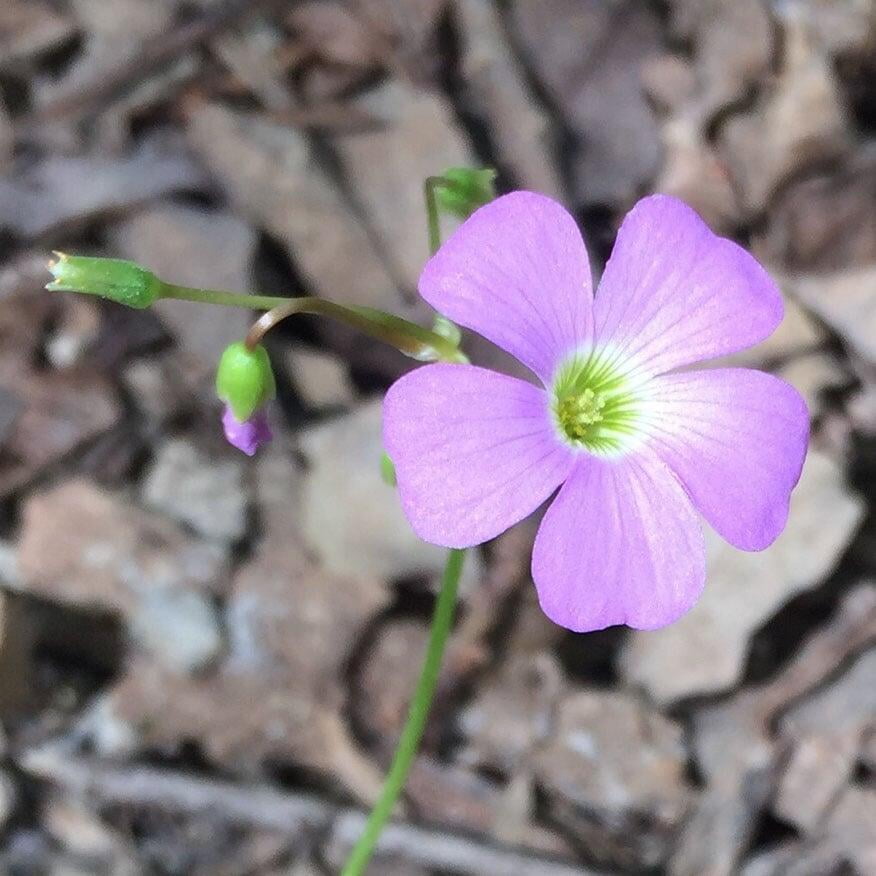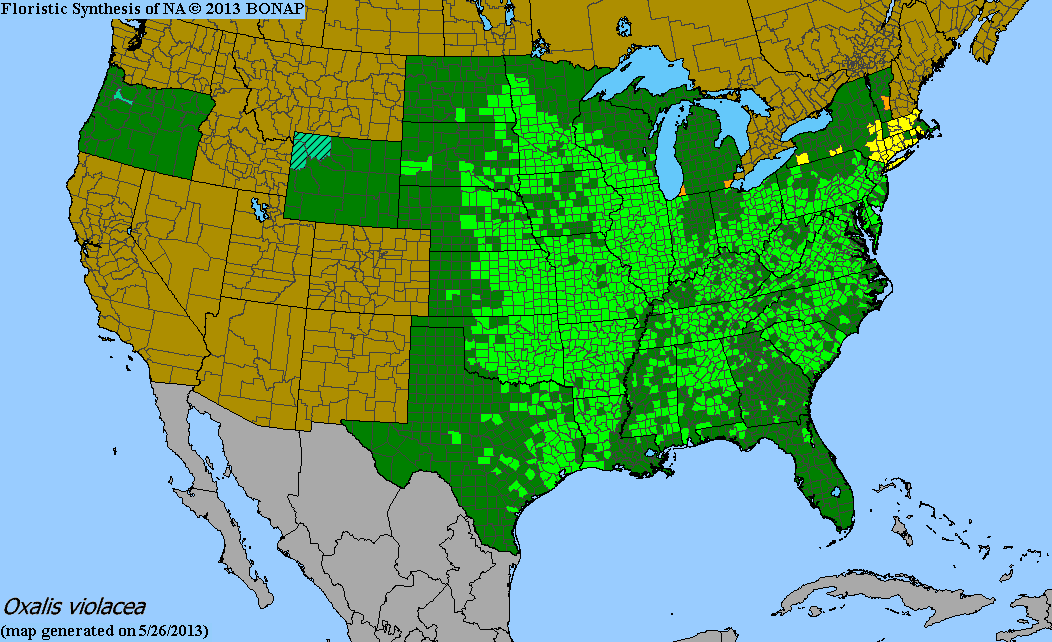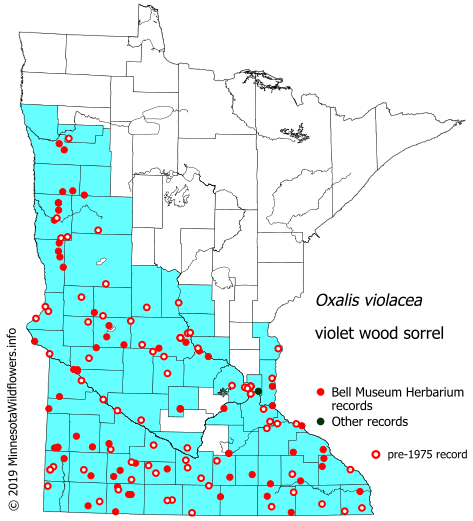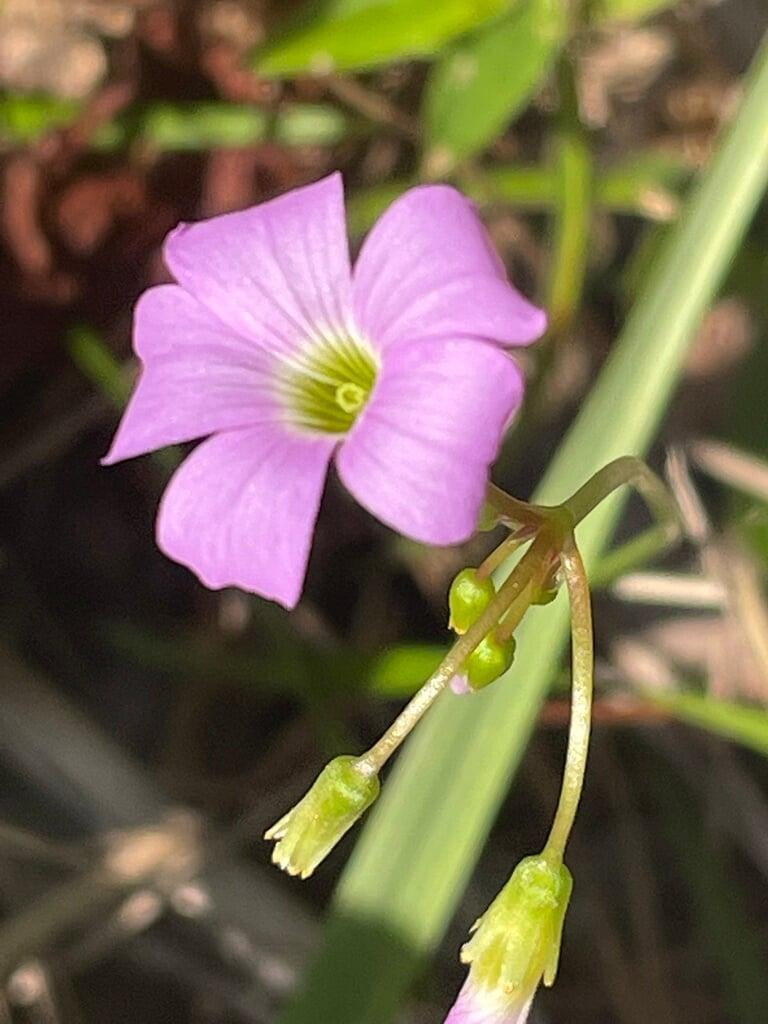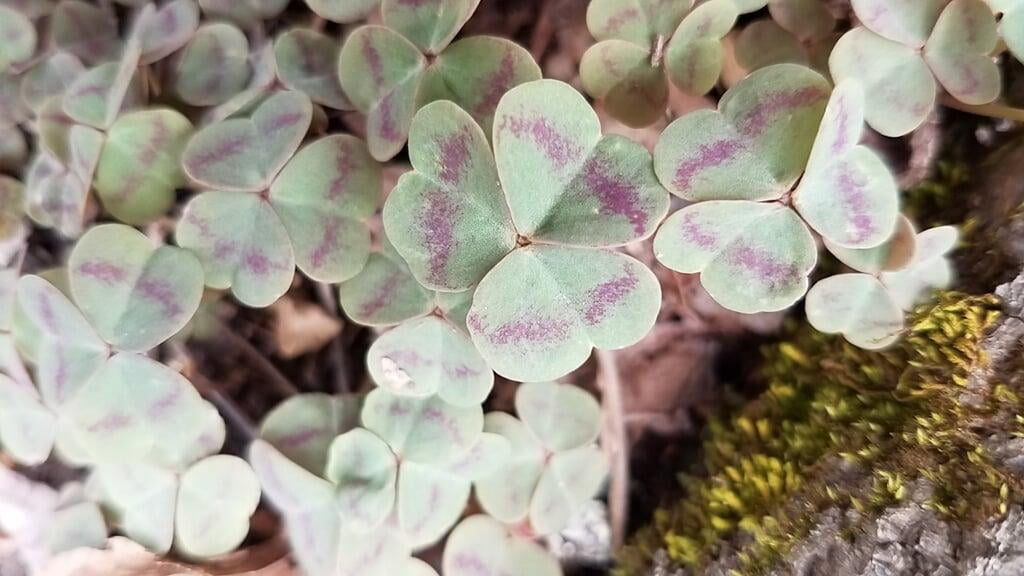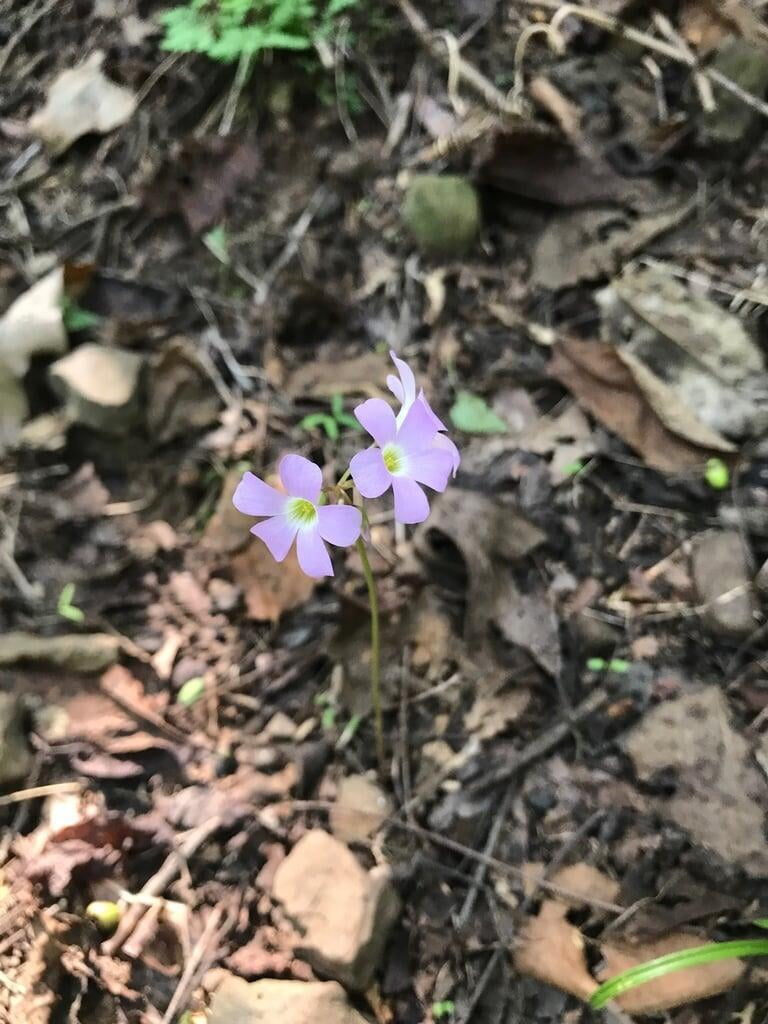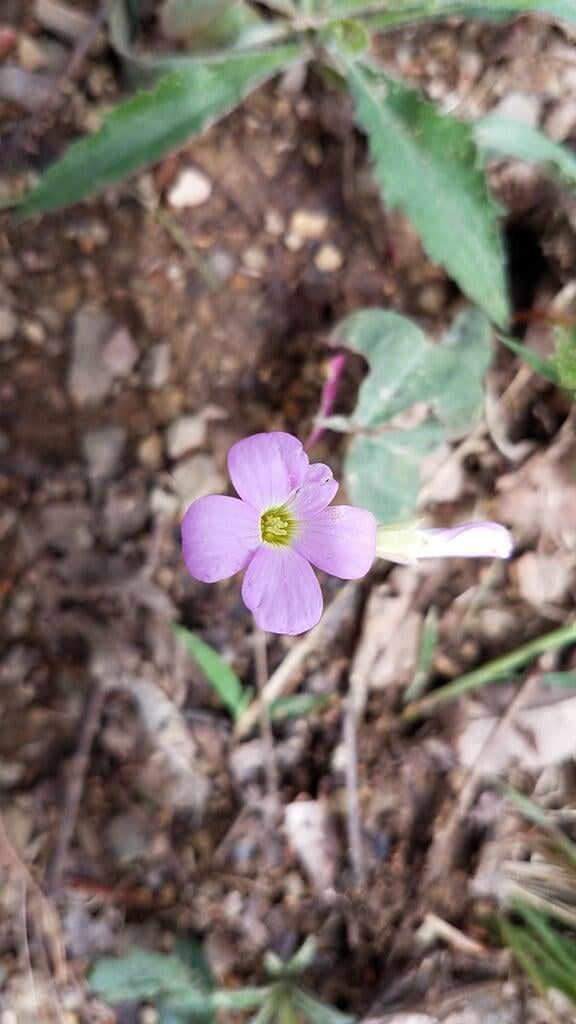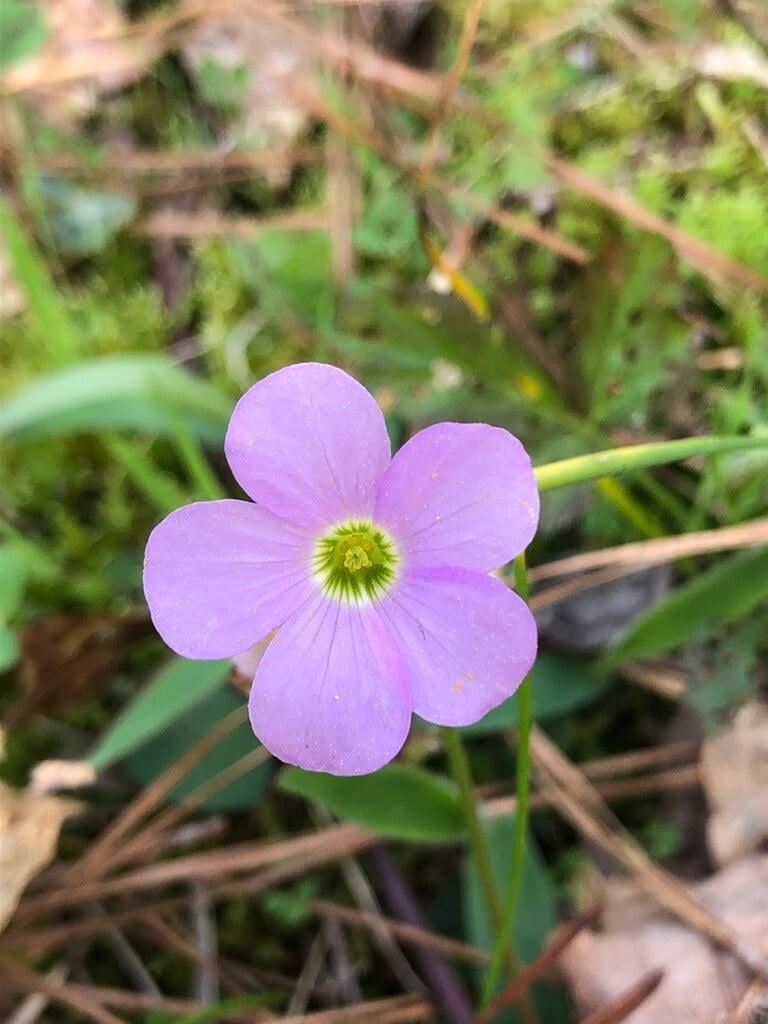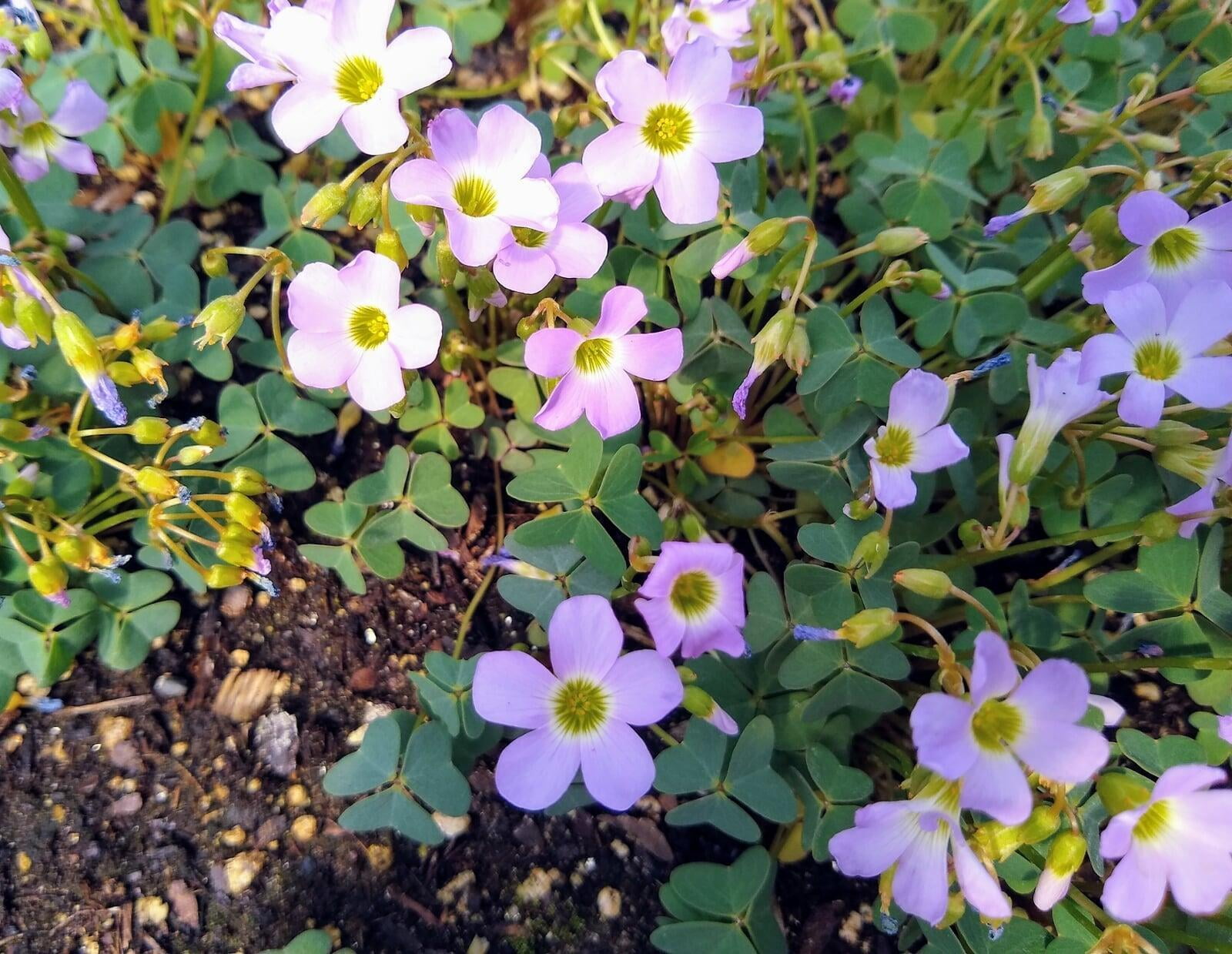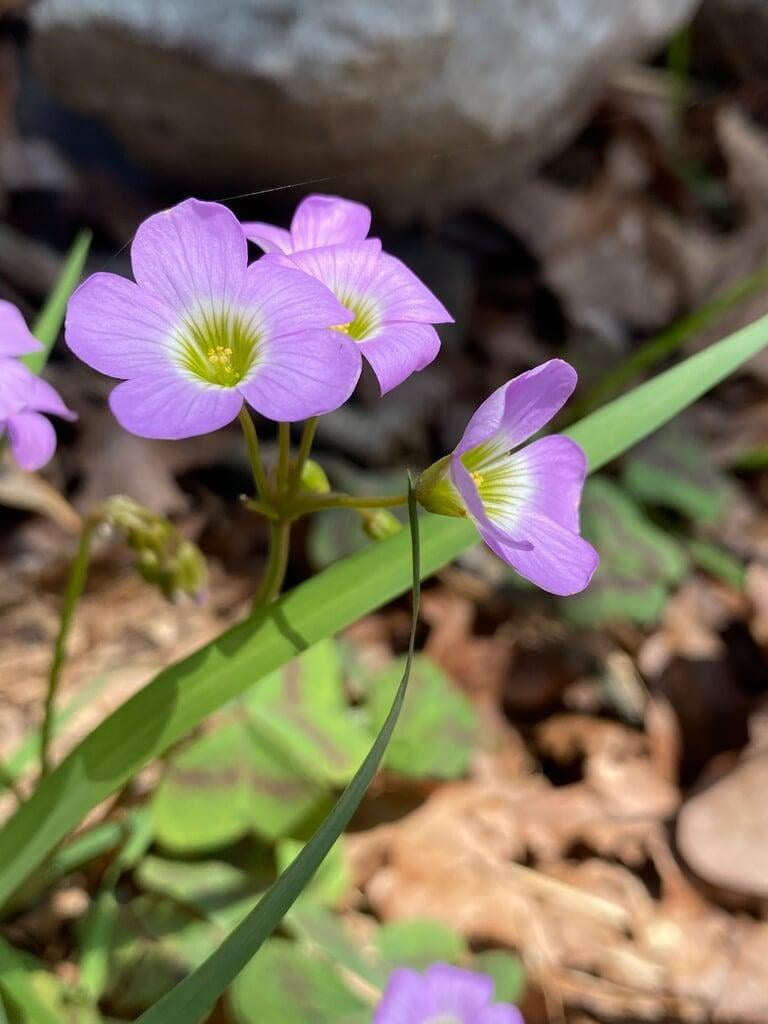Oxalis violacea
Violet wood sorrel Description:
Oxalis violacea, commonly known as Violet wood sorrel, is a perennial herbaceous plant that belongs to the Oxalidaceae family. It is native to the Americas and can be found in various regions of North and South America, including the southeastern United States, the Caribbean, and Central and South America.
Violet wood sorrel grows 8 inches tall and has a delicate, branching stem with clover-like leaves that are trifoliate, heart-shaped, and typically measure 2-4 cm across. The leaves have a distinctive, purple color on the underside, which gives the plant its common name.
The plant produces small, delicate, pink to violet flowers that bloom in clusters from late spring to early summer. The flowers have five petals and are about 1 cm wide. They are also edible and have a tangy, slightly sour taste that is similar to lemons.
Oxalis violacea is a popular ornamental plant, often grown for its attractive foliage and beautiful flowers. It is also used in traditional medicine for its various health benefits, such as treating digestive problems and skin conditions.
Native Range:
Violet wood sorrel is concentrated in the Central and Eastern regions of the United States. In Minnesota, it is primarily found in most parts of the state with the exception of the Northeastern region.
Standard Plant Information:
Plant Height: 4" - 8"
Bloom Time: April - June
Preferred Habitat: Does well in part shade to full sun in dry soils. Often found in prairies and open woodland.
Sowing:
For most homeowners, the best option is to scatter seed on the ground by hand broadcasting at a minimum of 16-64 pls ounces per acre. For even coverage, we recommend that you broadcast seed in perpendicular rows across the site to ensure even coverage.
You’ll want to broadcast any grass seed first, which will get raked into the soil lightly. Next, it is ideal to mulch the area lightly with either a clean (no seed) straw or preferably with our native Little Bluestem straw, sold at our retail garden centers. After a light mulching is complete, now it’s time to broadcast your native wildflower seeds, which should not be raked into the soil. A good rain or watering is sufficient to cover the seed.
Planting:
Simply dig a hole in the soil slightly larger than the plant’s roots. Ensure that the soil line of the plant is maintained during the transfer (i.e. the plant should be at the same level with the ground as it was in the pot). Pack any loose dirt back around the plant and make sure you water it well the same day to ensure it has the best chance of survival.

